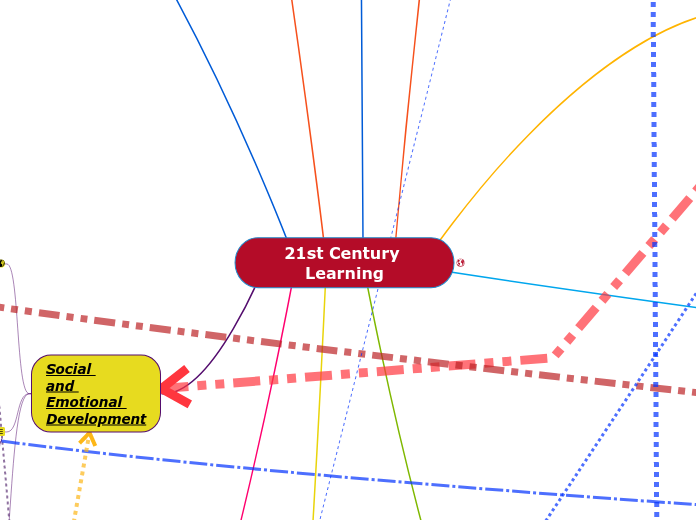arabera Ryan Vachon 9 months ago
54
Accountability Timeline
To effectively manage accountability within an organization, structured feedback and discussion forums are essential. This can include surveys or dedicated meeting times to facilitate constructive feedback and continuous improvement.









